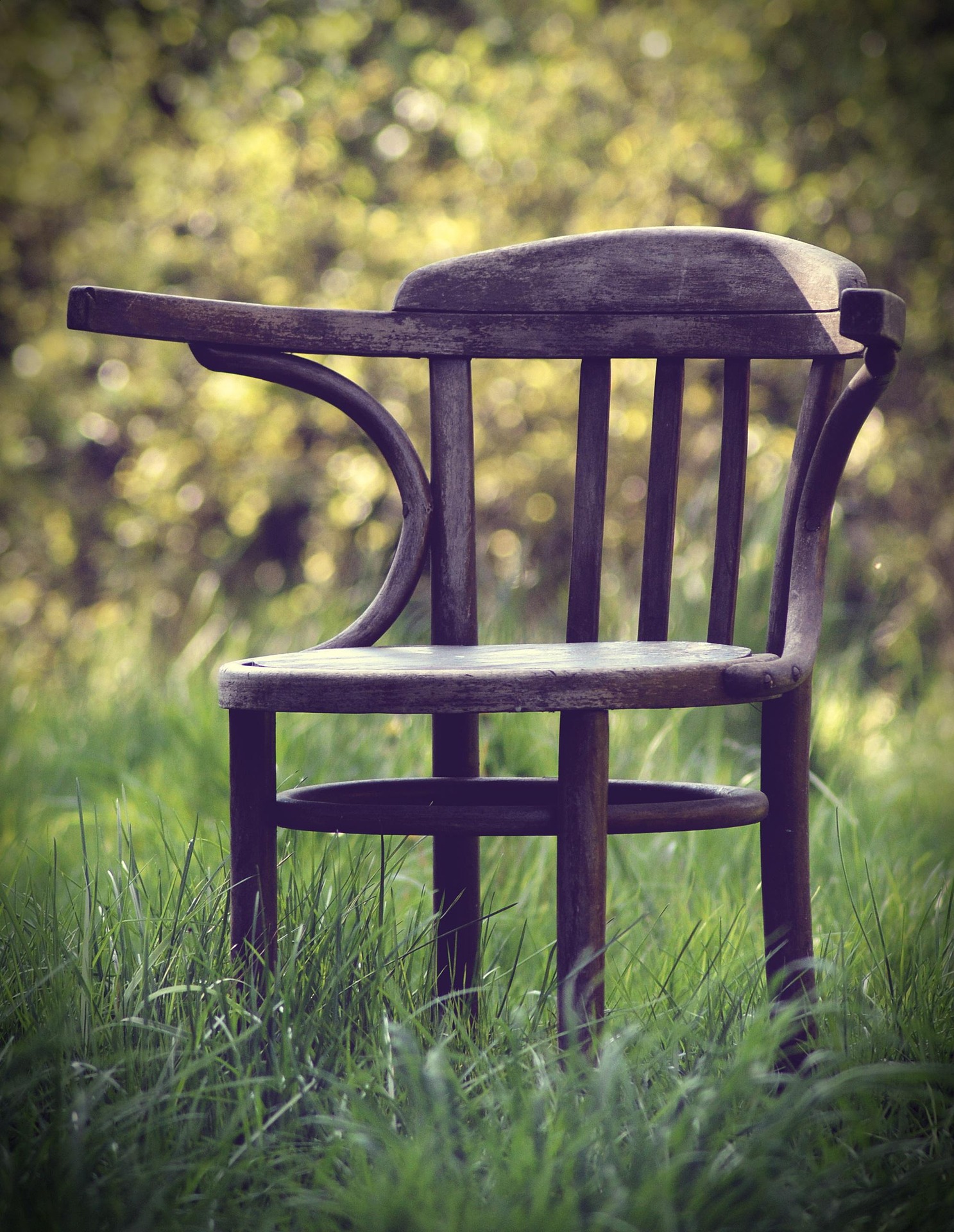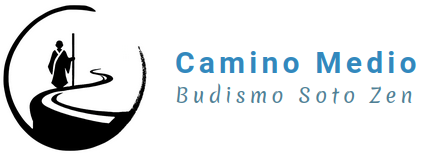⏱️ Estimated reading time: 3 min
One of the most widespread preconceived ideas is that it can only be practiced in a lotus posture or in a cushion on the ground. This belief, more than a truth, It usually becomes an excuse not to practice. The truth is that the fundamental thing in meditation is where you feel, but how you relate to the experience that arises in every moment of your life.
In Soto Zen Buddhism, emphasis is placed on posture because the shape and mind are interconnected. But this does not mean that whoever cannot sit on the ground is excluded from practice. Sitting in a chair can be equally valid if done carefully and the right attitude.
How to sit correctly in a chair
If you decide to meditate on a chair, There are some important aspects to consider:
- Keep your back upright, without supporting it in support if possible. Posture stability favors the stability of the mind.
- The feet must be well supported on the ground, To keep a firm base. If the chair is high, You can use support under your feet.
- The hands can rest on the lap, as in zazen, With the thumbs in contact with the cosmic mudra, or simply supported on the thighs.
- The head remains upright, With a slightly collected chin, aligning the neck with the column.
- The gaze can be directed slightly, With the eyes ajar, As we recommend in the Soto Zen tradition.
The most common excuses for not meditating
When someone says they can't meditate because they can't sit on the ground, There are generally something else behind that statement. Let's look at some frequent excuses and how to disassemble them:
- “I can't cross my legs” → Not necessary. Sit in a chair or even bed (carefully) They are viable options.
- “My back hurts” → Adjust the posture, Use cushions or look for a position where the back is aligned without voltage.
- “I don't have time” → Five minutes of practice are better than anything. You can meditate at any time of the day.
- “I can't stop thinking” → No one can. Practice does not consist of stopping thinking, but to observe it without clinging to him.
- “I am not in the right mood” → precisely for that reason it is important to practice. It's not about being in an ideal state, but to learn to live every moment as it is.
The history of the king and the encyclopedia of knowledge
Tell an ancient story that a king, eager to know all the knowledge of the world, asked the wisest of his kingdom to gather in an encyclopedia all the existing wisdom. The wise worked for years and returned with a monumental work of hundreds of volumes. But the king, Seeing that it would be impossible for him to read everything in his life, asked them to reduce it to the essential.
After several more work, The wise returned with a dozen books. However, The King, already old, He asked them to condense even more. Thus the process continued until finally, shortly before dying, The wise presented a single phrase:
“Everything happens.”
The king understood then that all the wisdom of the world could be summarized in that simple teaching and finally died.
Like the search for knowledge, it can be dispersed in unnecessary details, We can also lose ourselves in excuses not to practice. The mind is an expert in complicating what is simple. We do not need the perfect position, nor the ideal environment. We just need to sit and be present.
More than physical limitations, What really prevents practice is our internal resistance. If we want to wait for the perfect moment to meditate, It probably never arrives. But if we put aside excuses and simply sit, even in a chair, We open the door to transformation. The important thing is not the exact way you feel, but your commitment to practice.

